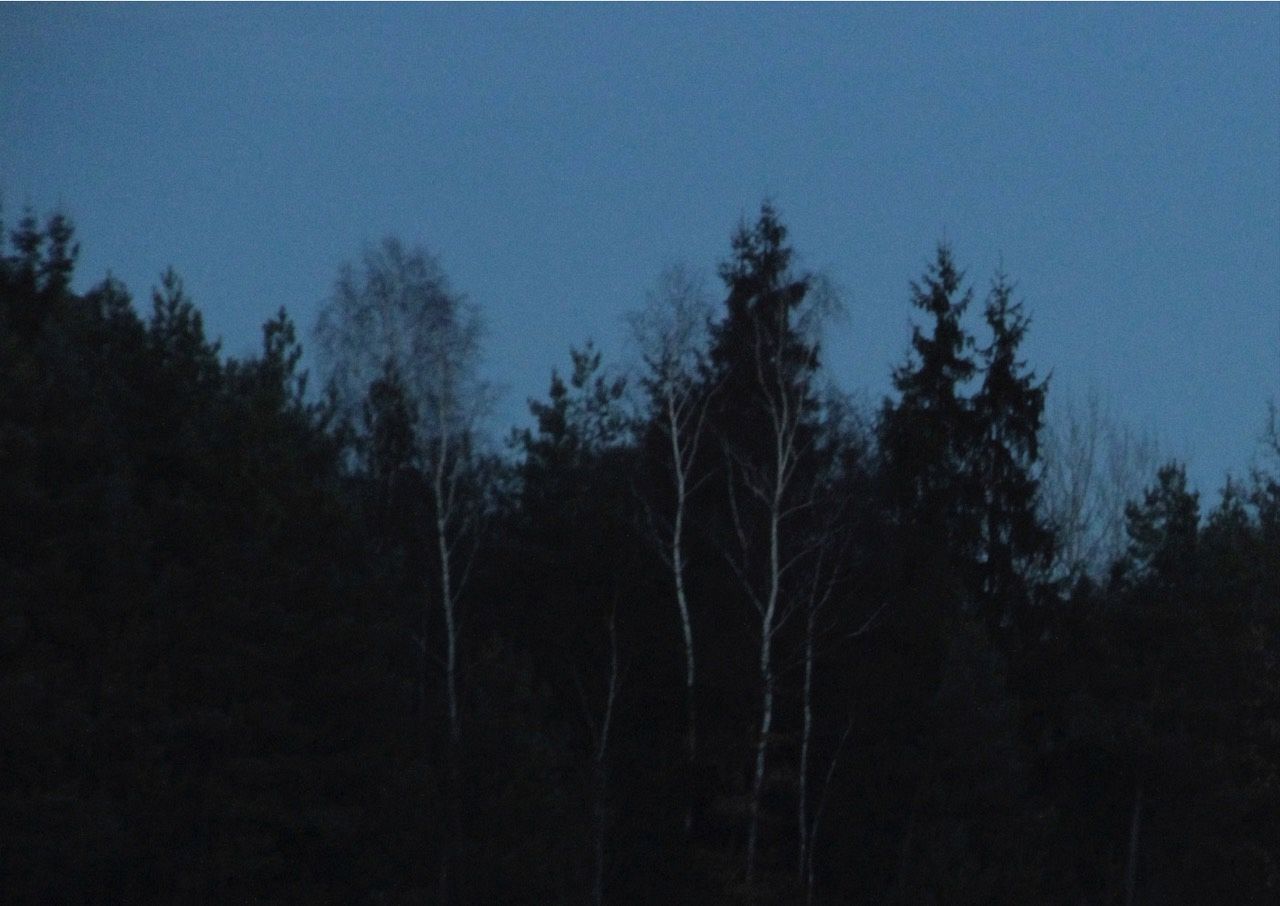
Linda Zhengová
Internship: GUP Magazine
info@lindazhengova.com
lindazhengova.com/
www.instagram.com/lindazhengova/
Linda Zhengová is a Czech photographer and writer who currently lives and studies in the Netherlands. She has a background in International Studies and finished her BA at Leiden University in 2018. In 2019 she graduated from MA in Media Studies (specialization in Film and Photographic Studies) at Leiden University with distinction (cum laude). Recently, she graduated from a Photography BA at the Royal Academy of Art in The Hague.
Linda shoots pictures for about eight years and her fields are both documentary and fiction photography. To make a clear specification of her photographic work is difficult as it highly depends upon how we understand reality and where is the border when we start to define artificial constructions. Overall, she uses the medium to challenge the existing boundaries and taboos surrounding the themes of gender, sexuality, and trauma. Highlighted with saturated colours and darkness, her imagery strives to trigger a transformation in the viewer through an aesthetic experience. By confronting her viewers with intimacy and discomfort, she attempts to create an imaginary collective weaved through empathy.
GRADUATION PROJECT
How can one represent something visually that is by its very essence unrepresentable without banalizing it, trivializing it, spectacularizing it, and finally repressing it for a second time?
Catharsis prioritizes a lived experience and explores traumatic memory not from the perspective of moral and medical classifications but instead, as an open artistic inquiry. The images that comprise the series originate from the past but additionally enliven the emotions in the present time.
Mingling somewhere between anxiety and confrontation with reality, the project reveals an imaginary collective of traumatic experiences that belong to different individuals and the post-traumatic emotional process all victims of affliction can relate to. The series, therefore, may be interpreted as a photographic representation of the common human experience of trauma combined with a narrative that stems from my personal encounter with the torment.
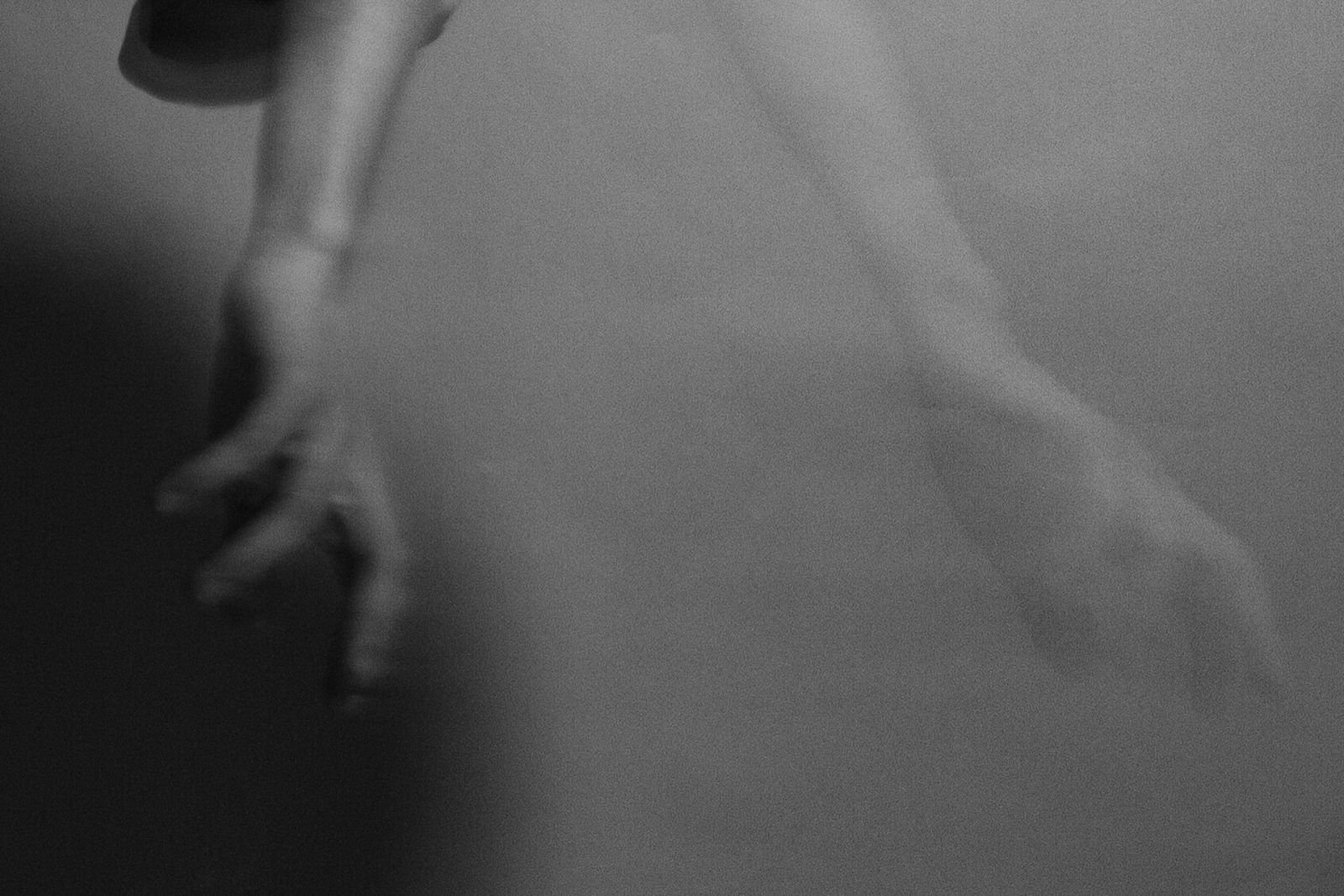


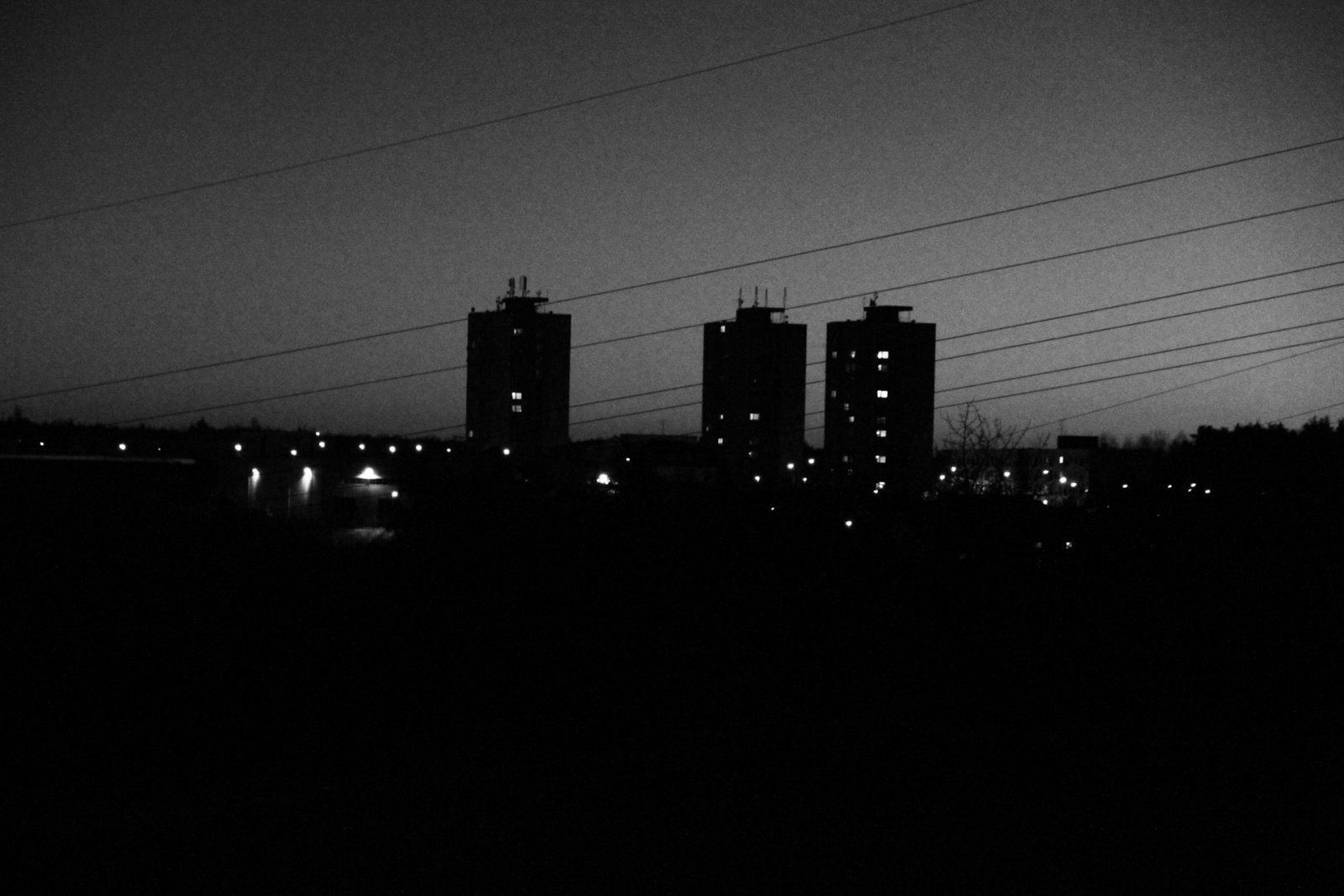
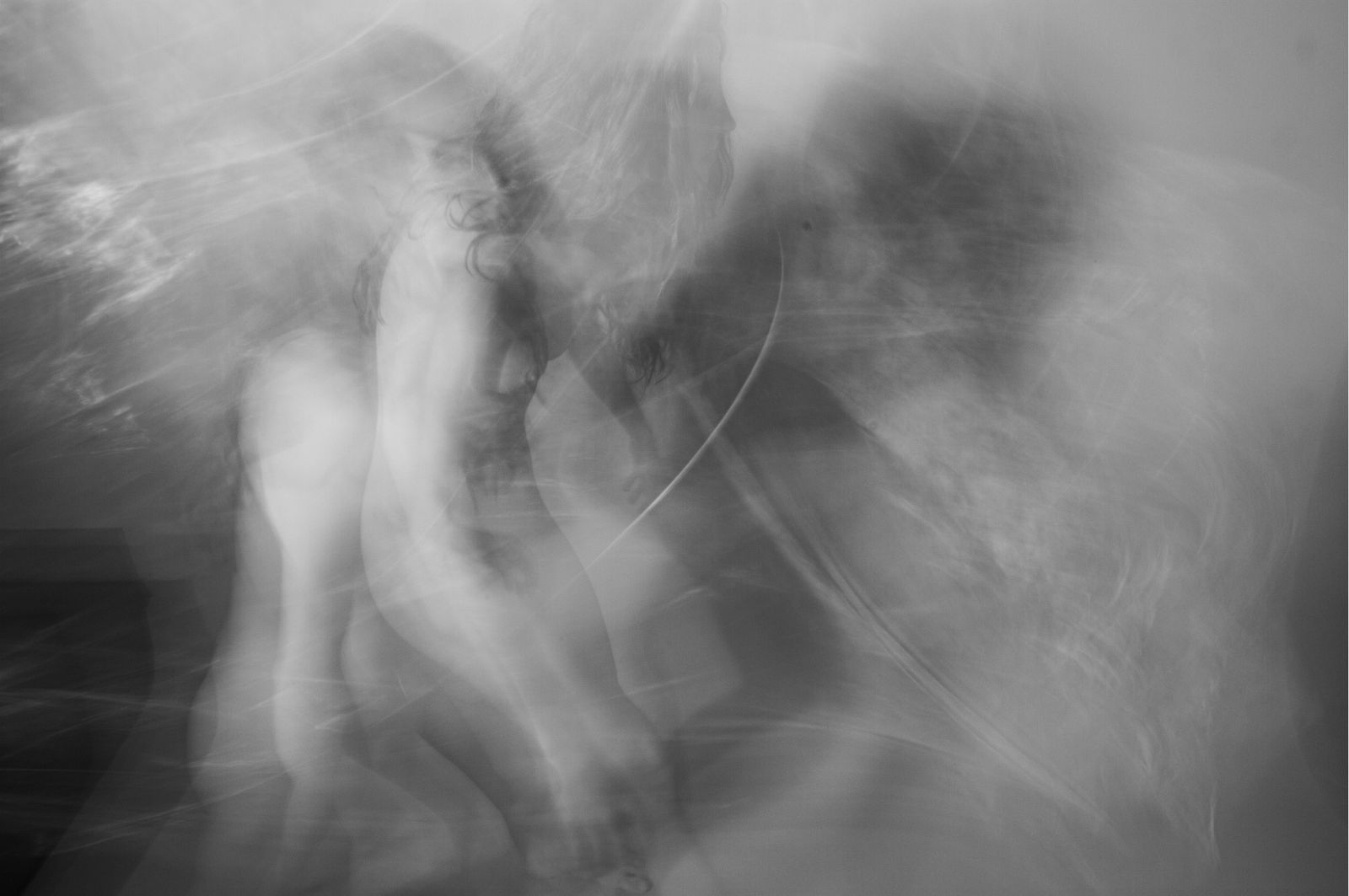
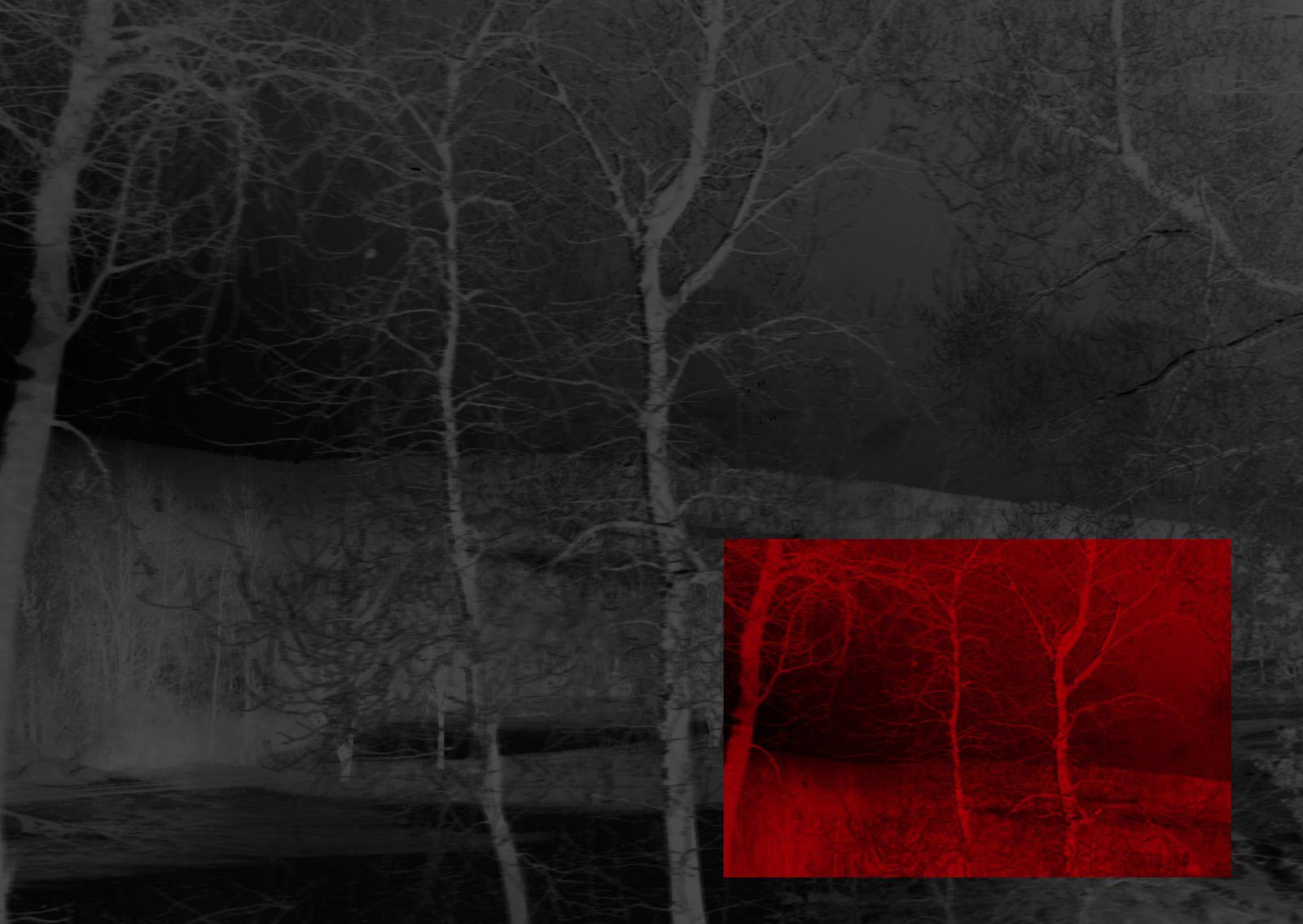
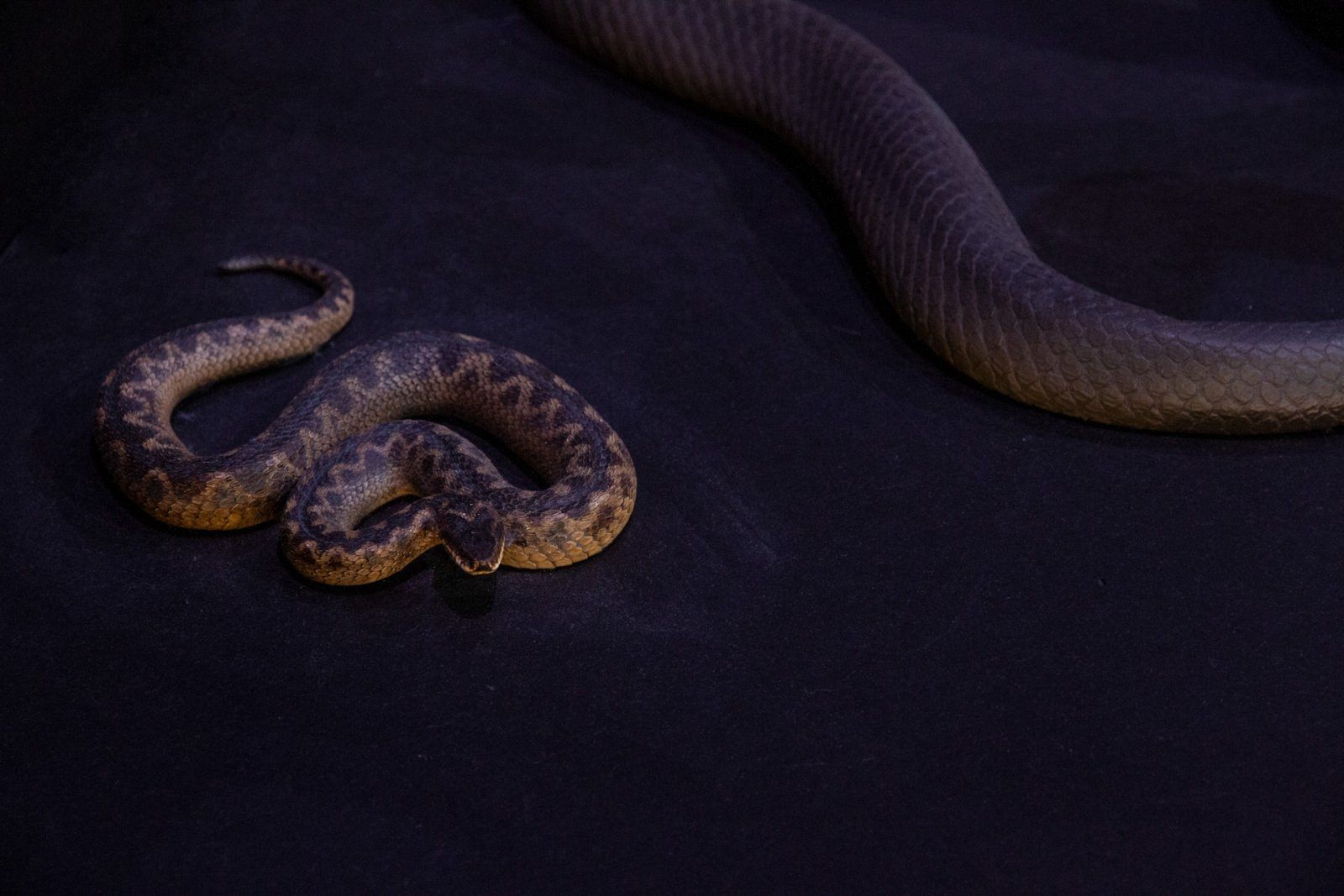
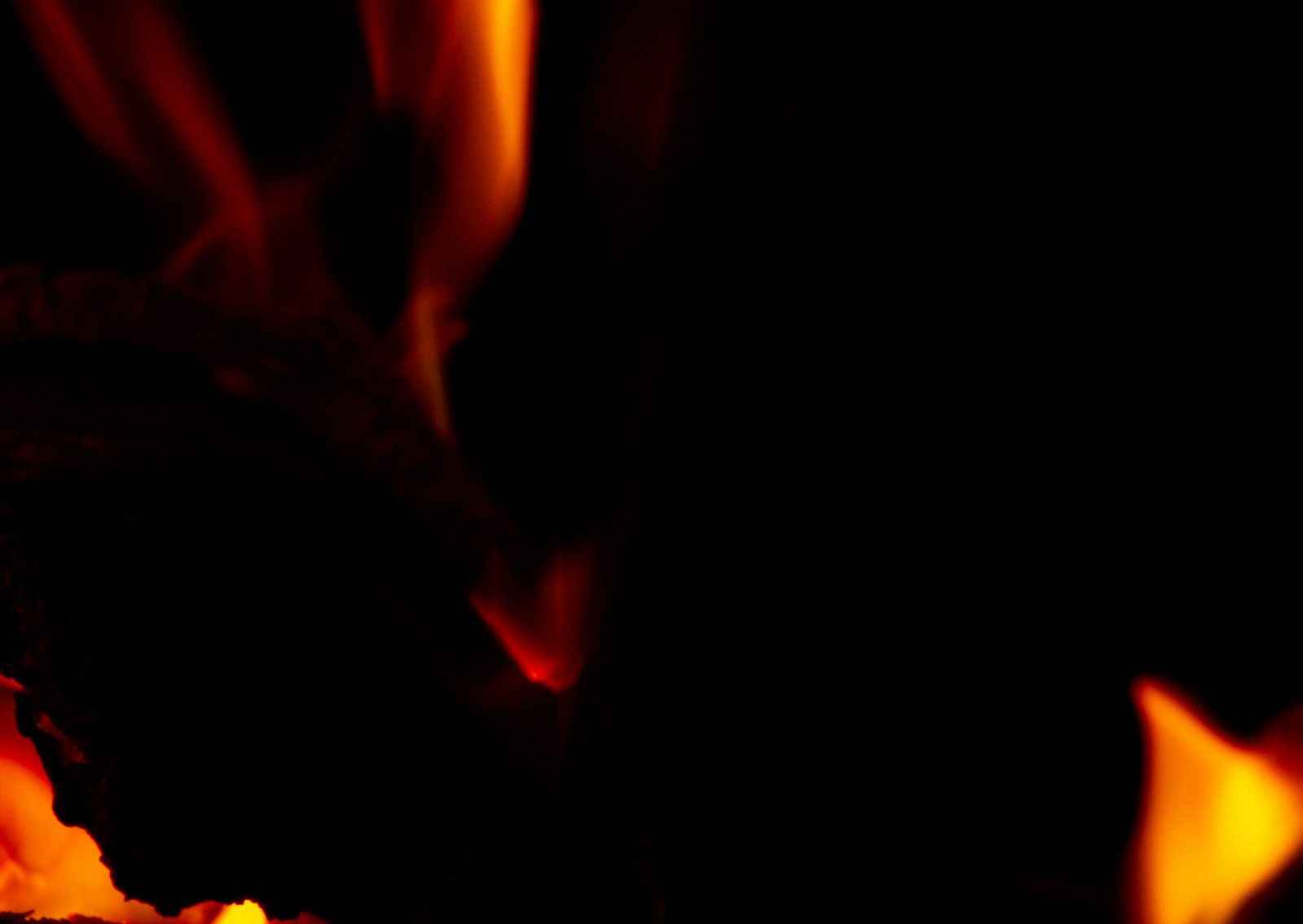

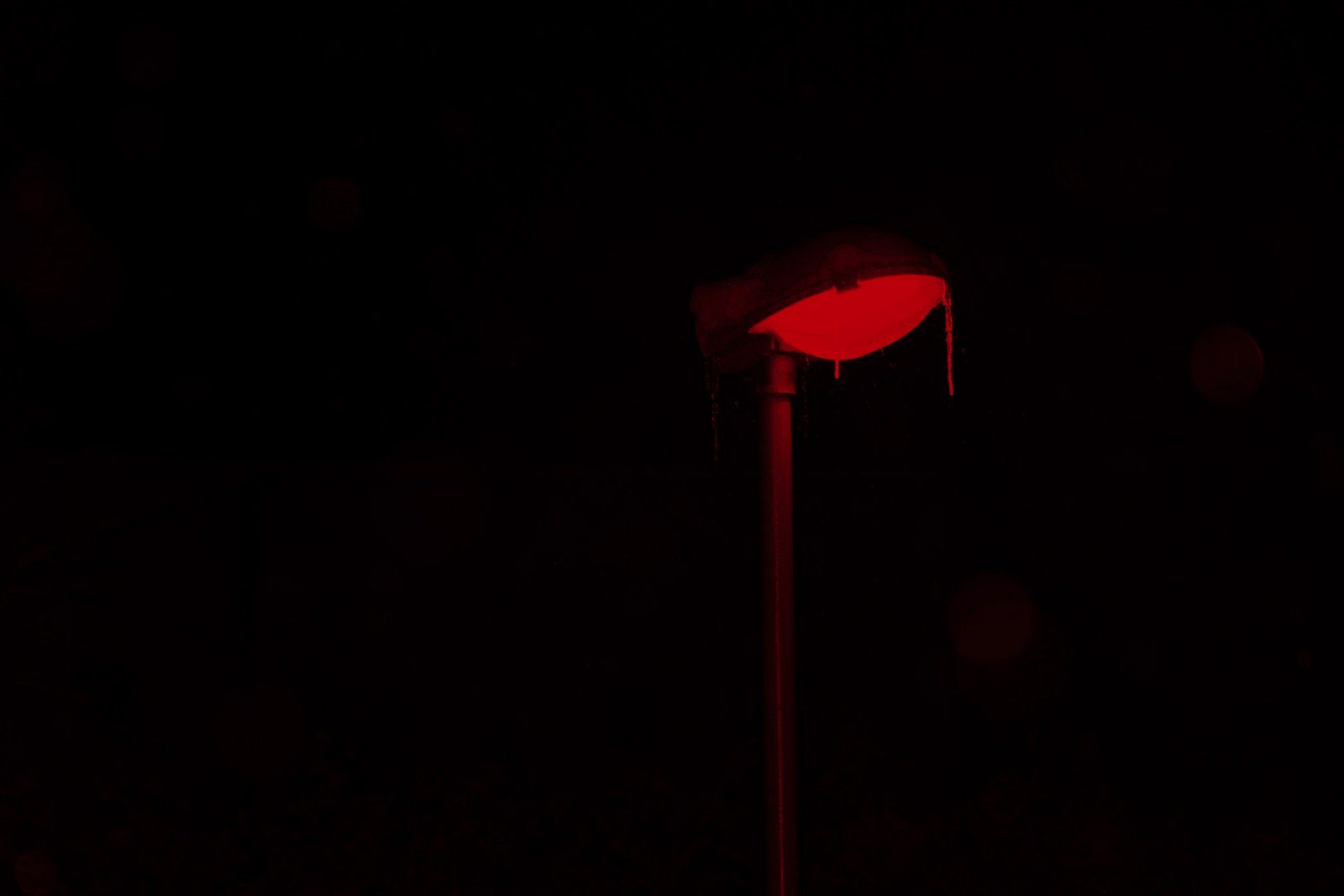
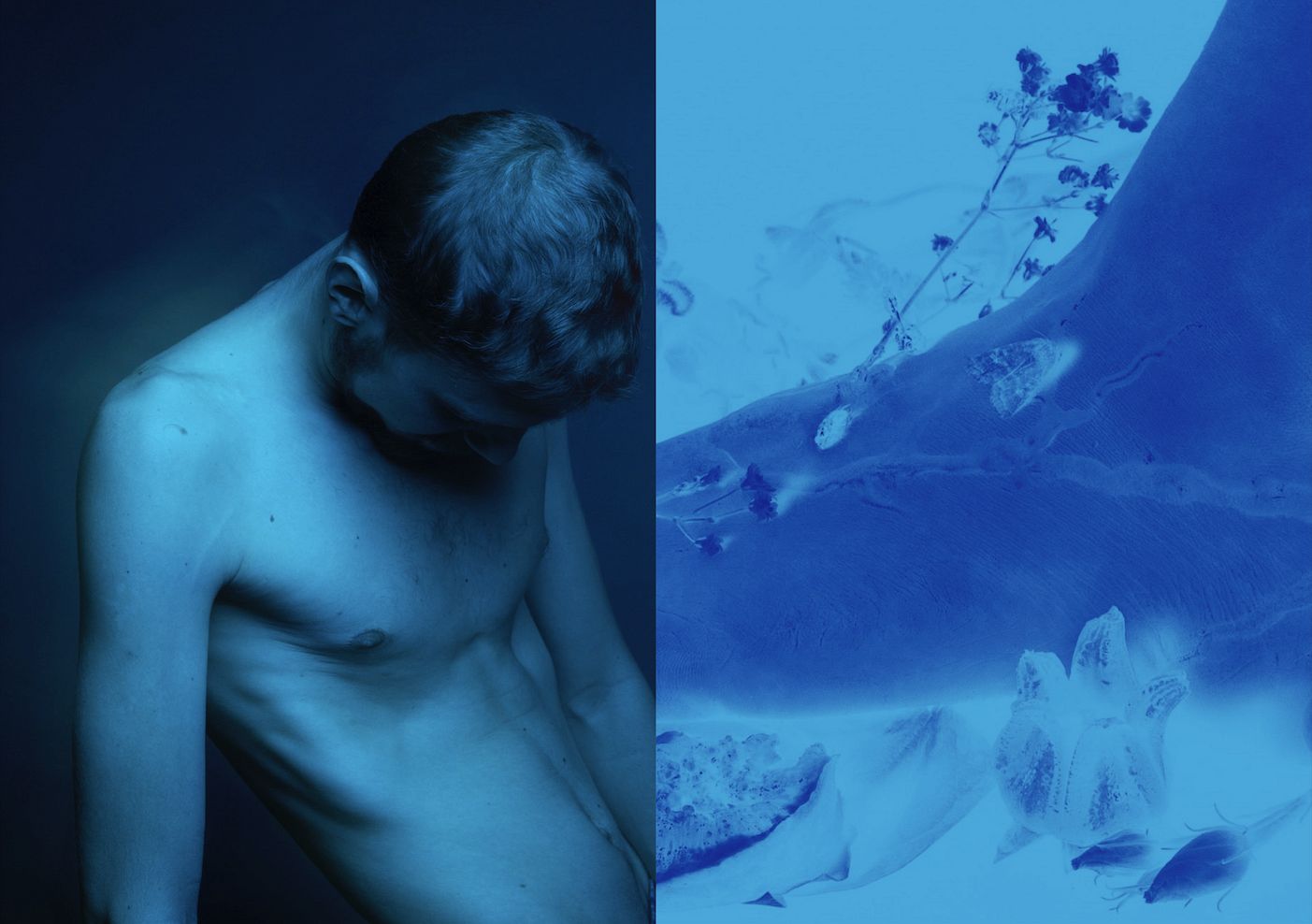
THESIS
The Ambiguity of Visual Representations of Trauma
Stemming from my personal traumatic experience, my thesis examines the role of ambiguity in visual representations of trauma and specifically, the medium of photography. Ambiguity can be defined as “the quality of being open to more than one interpretation; inexactness.” My research is centered around pinpointing the inexactness in photography through visual analysis where ambiguity appears to be an important visual component in relation to imagery dealing with trauma, enabling the viewer to experience the art empathically. The thesis is concerned with the connections between photography and trauma, “between unutterable shock and the most elevated or supreme form of human communication and representation, between traumatic non-experience and aesthetic experience.” The concept of non-experience is key to this research and can be defined as an encounter with an extreme form of heaviness which formulates a block in a person’s body and mind. According to philosopher Maurice Blanchot, it is an experience which “ruins everything, all the while leaving everything intact.” In the text, the concept is subsequently discussed in relation to trauma theories and trauma-related art.
“(...) an experience which “ruins everything, all the while leaving everything intact.”
The text is divided into four chapters where I discuss visual representations of both collective and individual traumas. I specifically investigate how the (non-) experience of trauma can be turned into visual artistic practices and how such practices are characterized by visual ambiguity. In the respective chapters, I am discussing visual ambiguity in relation to depictions of time and space, reality and memory, and lastly, sound and morality in photography. In general, I adopt a “zoom in” strategy by starting with an analysis of the imagery surrounding collective traumatic events, such as the September 11 attacks and the Chernobyl nuclear disaster, in order to help readers relate to such forms of trauma. By contrast, I zoom in on individual traumas in the following chapters, leaving the content of the very last chapter about my personal experience.
In the beginning, I also provide a brief context to trauma-related art by discussing various perspectives on trauma, memory, and art theories that were developed by Margaret Iversen (2017), Frances Guerin and Roger Hallas (2007), Jill Bennet (2005), and Ulrich Baer (2002). Additionally, in chapters two and three, I implement their theories and offer a comparative and interpretational analysis of the photographs taken by Joel Meyerowitz, Kazuma Obara, Roger Ballen, and Marta Zgierska. Throughout the text, I also refer to photography and aesthetic theories concerning the concepts of aftermath photography, punctum, and affect as introduced by David Campany (2003), Roland Barthes (1980), and Ernst van Alphen (2008). In the final chapter, I present my own perspective on visualizing trauma through photography techniques that are demonstrated in my photographic series, Catharsis (2019-2020). By doing this, I hope to motivate not only artists but anyone who has experienced trauma to find ways to cope with it instead of suppressing their memories. Similarly, I aim to encourage viewers of trauma-related art to adopt a higher level of consciousness related to empathic viewing when engaging with such art.
"I aim to encourage viewers of trauma-related art to adopt a higher level of consciousness related to empathic viewing when engaging with such art."
My thesis is available here.